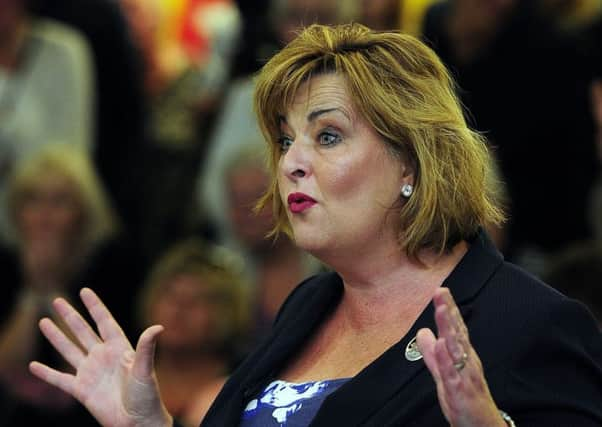Scotland's population rises for eighth year on the trot


According to data released by the National Records of Scotland (NRS), net migration means there is now 5,424,800 people living in Scotland.
With deaths outnumbering births, population growth has been driven by net migration – but the latest figures suggest the number of people moving to Scotland from abroad since the Brexit vote has reduced.
Advertisement
Hide AdAdvertisement
Hide AdThe figures, which reflect the situation midway through last year, found that there had been an increase of 20,100 people (0.4 per cent) on the previous year.
Since 1997 Scotland’s population has increased by six per cent from 5,083,340.
In the year leading up to June 207, 47,600 more people came to Scotland from the rest of the UK – an increase from 46,300 the year before.
NRS said 32,900 arrived from overseas, a decrease from the 40,400 recorded the previous year.
When the number of people leaving Scotland was factored in, net migration from overseas came to 13,400. While net migration from the rest of the UK was 10,500.
Those figures overcame the decrease experienced in “natural change” - the difference between deaths and births.
When the number of deaths were subtracted from births, the total came to minus 3,800.
Tim Ellis, the Registrar General for Scotland, said: “Migration continues to be main driver of Scotland’s population growth, but in the year following the EU referendum fewer people arrived from overseas than in the previous year.
Advertisement
Hide AdAdvertisement
Hide Ad“Overall net migration, from both overseas and the rest of the UK, remained positive with more people coming to Scotland than leaving.
“The growth in Scotland’s population varies across the country - around two thirds of Scotland’s councils (21 councils) increased in population over the last year, compared to a third (11 councils) which experienced population decline.”
The greatest increase in population was in Midlothian, which grew by 1.7 per cent, while the greatest population decreases were in Aberdeen City, Inverclyde and Shetland Islands where the number of residents decreased by 0.5 per cent over the year to mid-2017.
External Affairs Secretary Fiona Hyslop said: “I welcome that Scotland’s population has reached a record high of 5.42 million. These latest statistics show we have met our target of matching average European population growth between 2007 and 2017, which is a significant achievement.
“Migration underpins Scottish population increases, therefore the UK Government’s fixation on reducing migration – as illustrated by the shameful treatment that has come to light of the ‘Windrush generation’ – is hugely concerning.
“These harmful anti-immigrant polices run counter to our clear position that Scotland is a welcoming and progressive country, which values the contribution of everyone who choose to make Scotland their home.
“As our recent discussion paper sets out, falling migration would have a devastating impact on Scottish businesses and communities – with the potential to cost our economy up to £10 billion per year by 2040. What is abundantly clear is that Scotland needs the powers to set a migration policy tailored to our own requirements.”
DOWNLOAD THE SCOTSMAN APP ON ITUNES OR GOOGLE PLAY